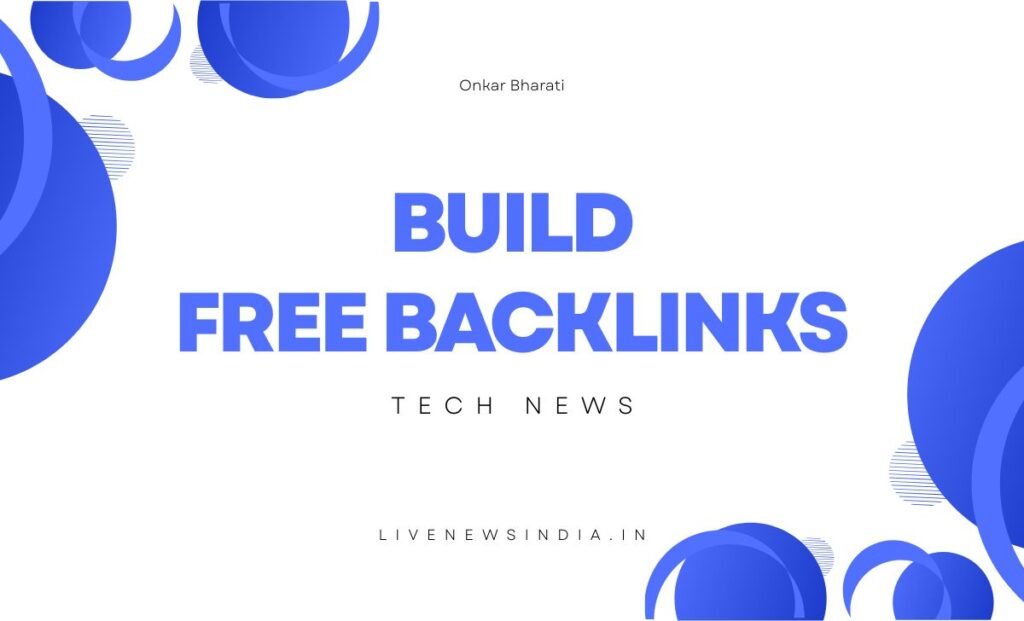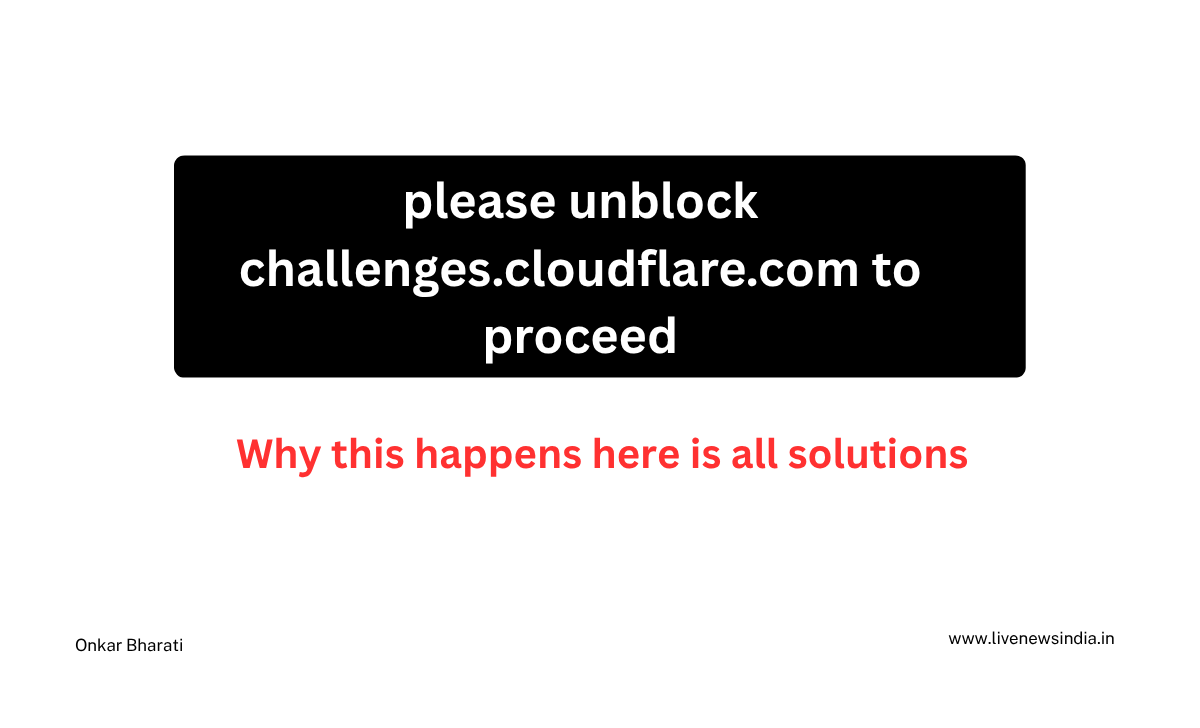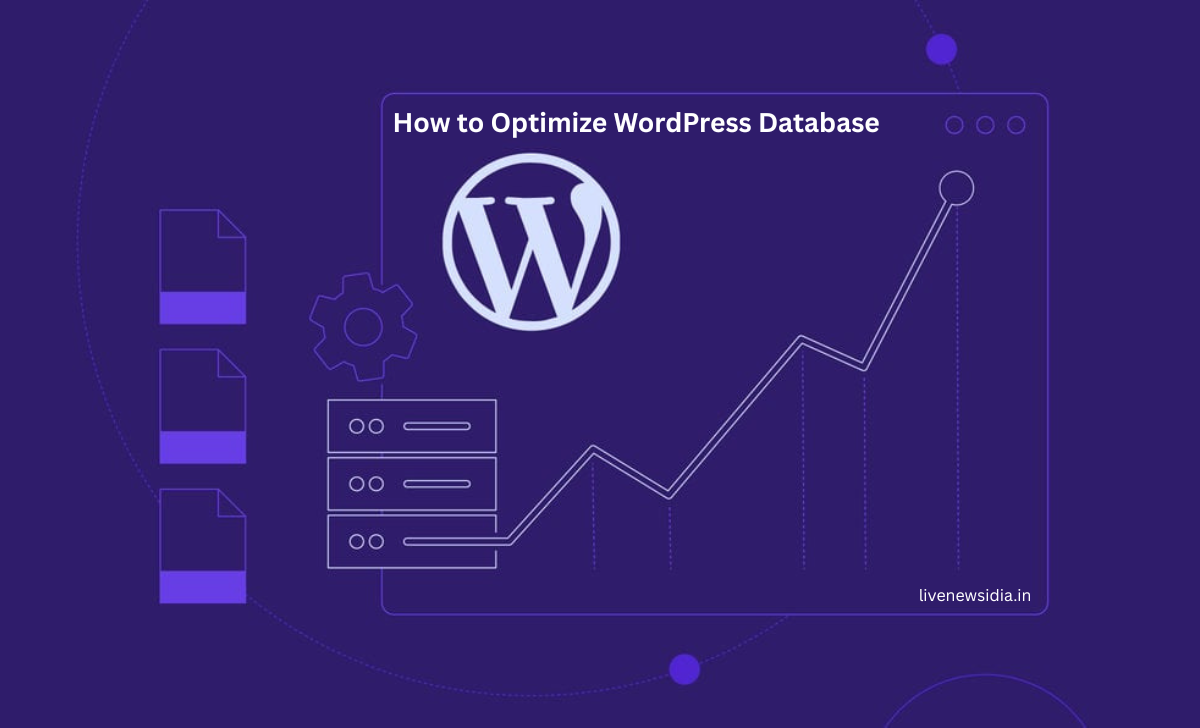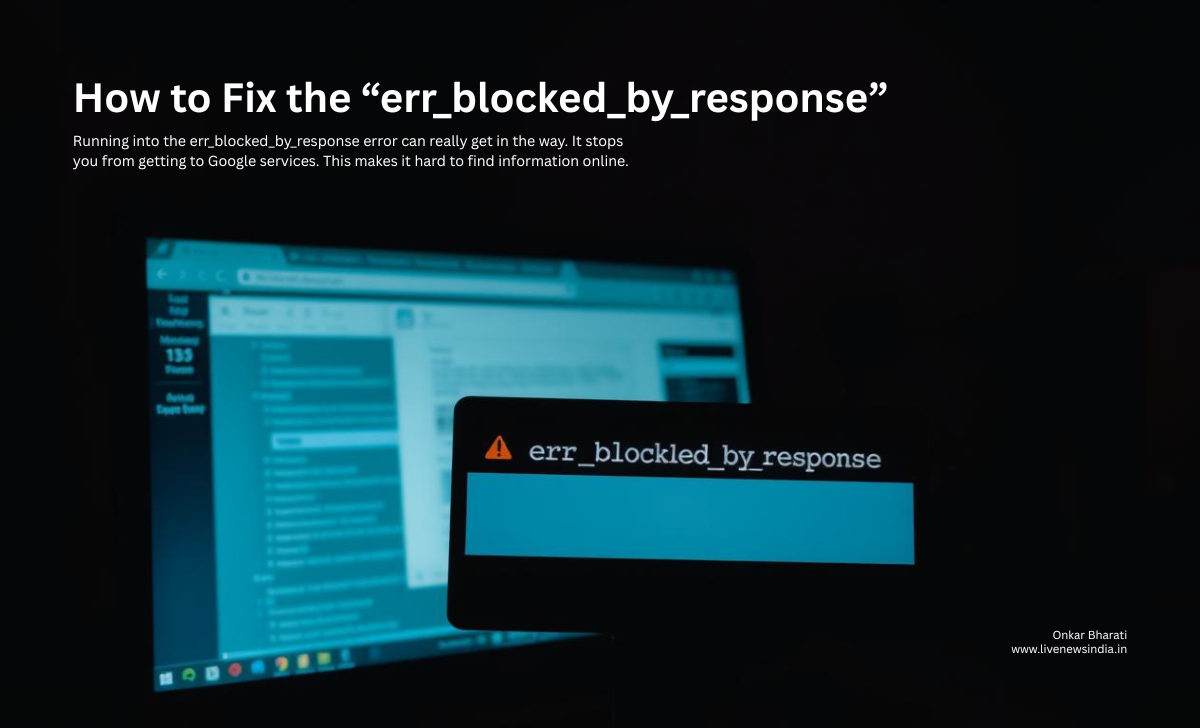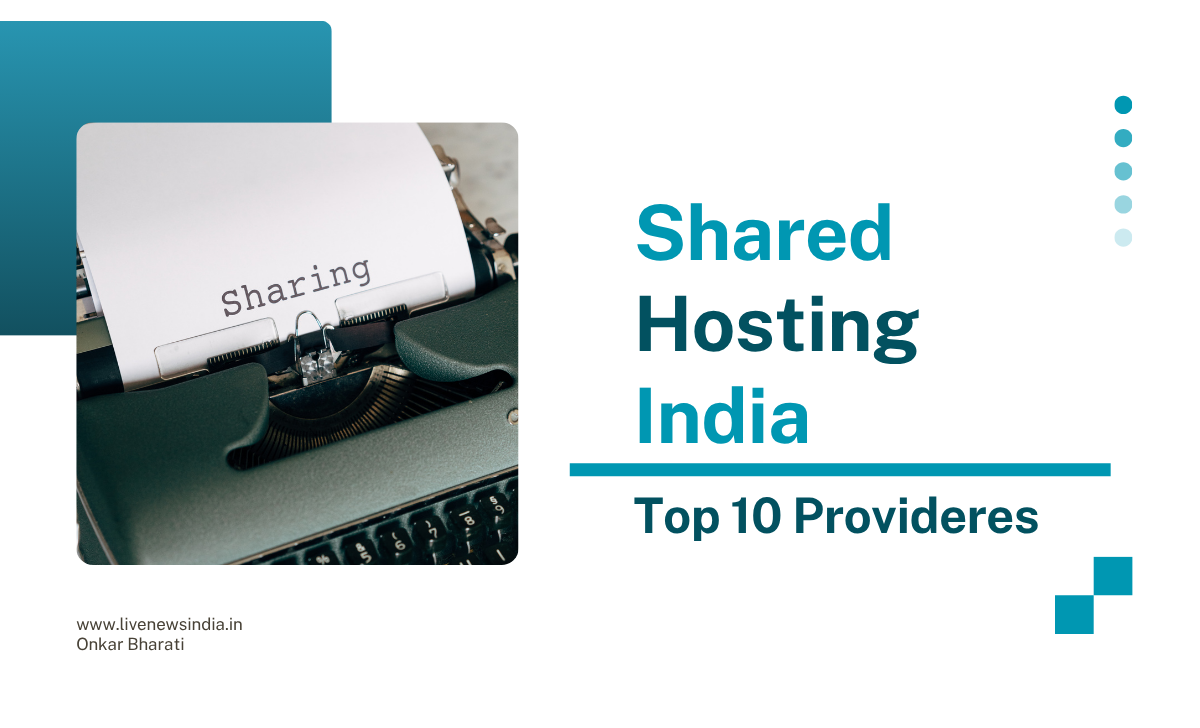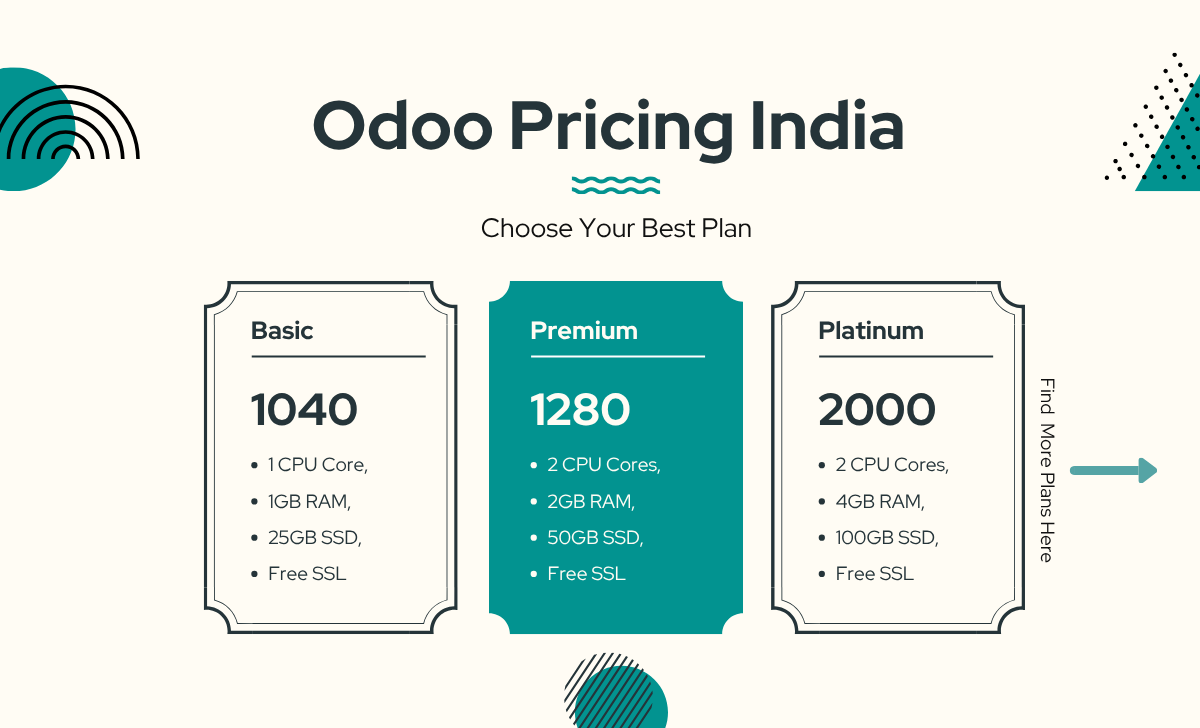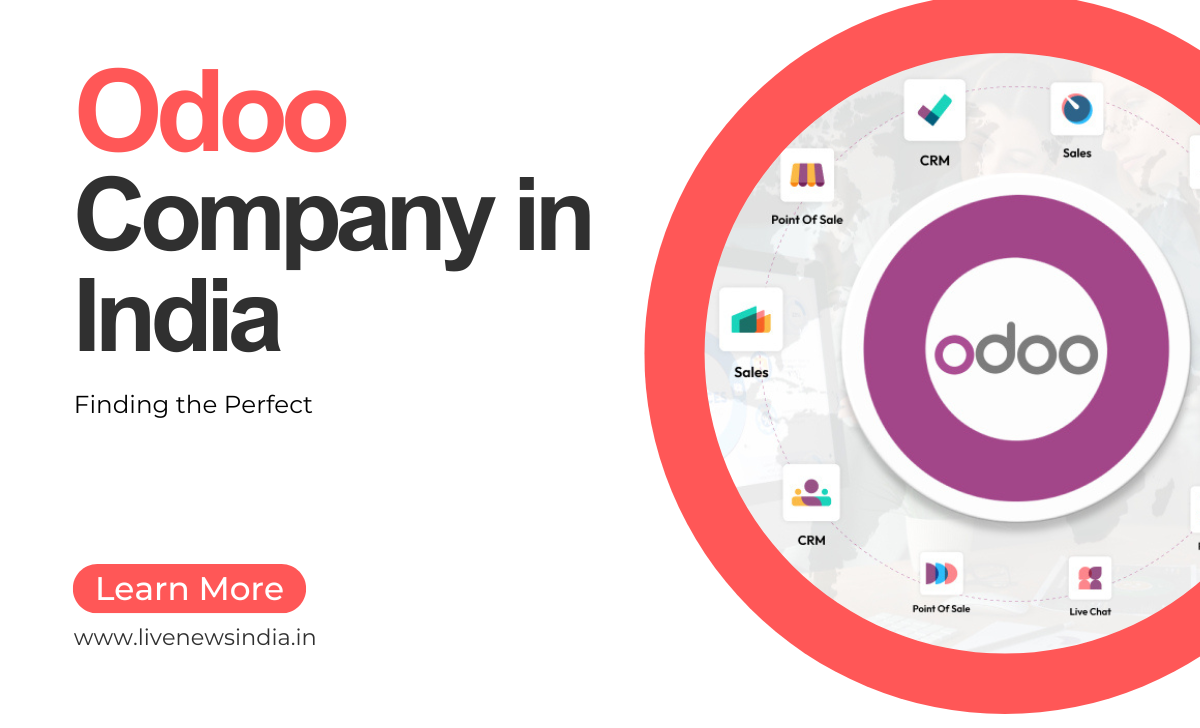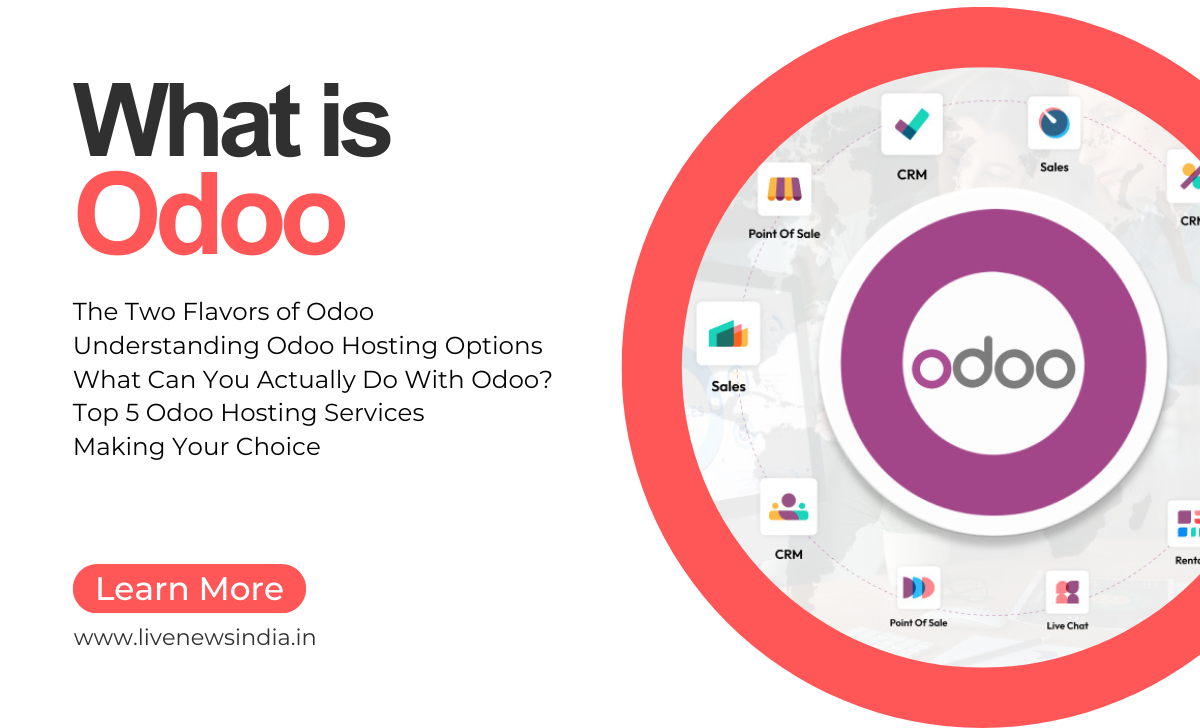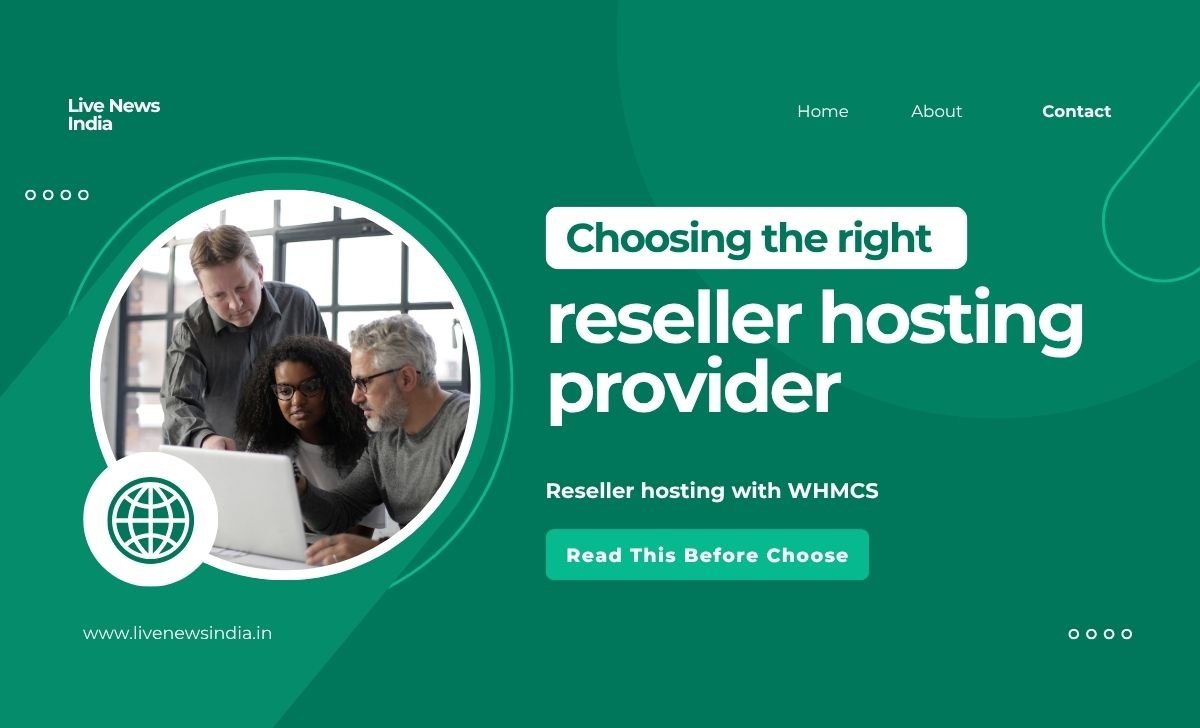Free Backlinks Sites: Let’s be real for a second. You’ve heard it a million times: “Backlinks are crucial for SEO.” It’s the digital marketing equivalent of “drink more water.” We all know we should do it, but actually making it happen can feel like a chore.
And when you start looking for “free backlinks sites,” you often end up in one of two places:
- A list of sketchy, spammy directories that haven’t been updated since 2005.
- A pitch for an expensive “backlink service” that promises the moon.
It’s frustrating. I’ve been there, wasting hours submitting my site to low-quality portals that did absolutely nothing for my search rankings—and probably hurt them.
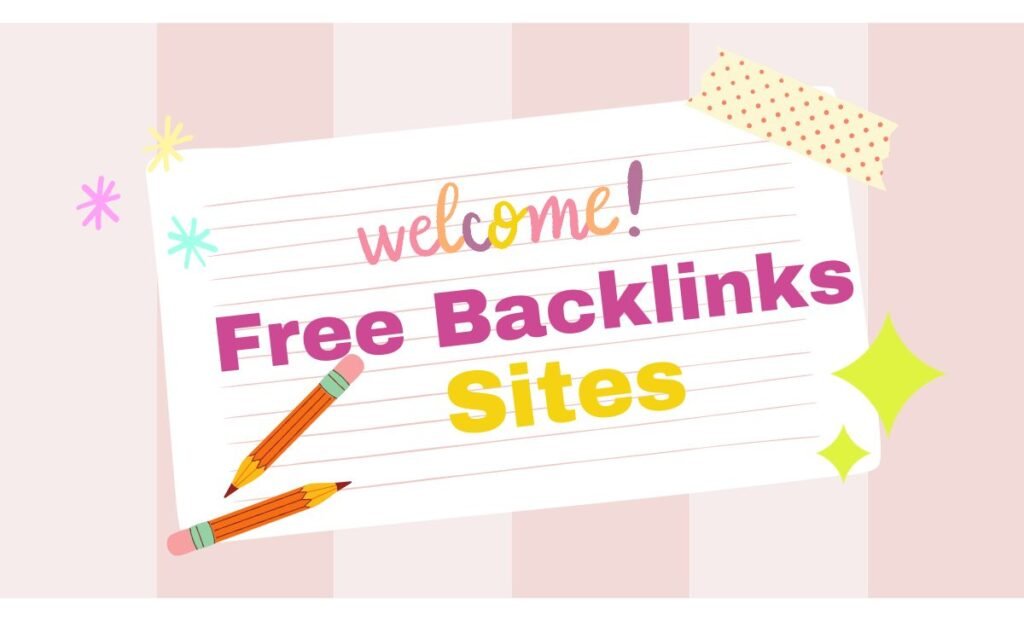
But here’s the truth I’ve learned from years of trial and error: High-quality, free backlinks do exist. They’re not a myth. You just need to know where to look and, more importantly, how to approach them.
In this guide, we’re not just throwing a random list at you. We’re going to explore legitimate platforms where you can earn powerful backlinks, understand the why behind their effectiveness, and learn how to use them without raising a red flag at Google HQ. Let’s dig in.
Free Backlinks Site Goldmine
First, a Reality Check: What Makes a “Good” Backlink?
Before we get to the list, let’s get our heads on straight. Not all backlinks are created equal. A link from a random, irrelevant blog comment is not the same as a link from a reputable industry publication.
Think of backlinks like personal recommendations. If a close friend you trust recommends a new restaurant, you’re likely to go. If a random stranger on the street shouts about a restaurant, you’ll probably ignore them.
Google works the same way. A good backlink comes from a website that is:
- Authoritative: It has its own strong reputation (high Domain Authority/DR).
- Relevant: It’s in your same industry or niche.
- Editorially Given: The link was placed naturally, not bought or spammed.
With that in mind, let’s find you some of these golden recommendations.
The Ultimate List of Free Backlinks Sites & Strategies
Forget the spammy directories. These are the categories and specific platforms where you can start building your profile today.
1. Harness the Power of HARO (Help A Reporter Out)
This is, hands down, one of the most powerful free backlink resources available. I’ve personally secured links from major publications using this method.
- What it is: HARO is a service that connects journalists (from Forbes, CNN, The New York Times, and thousands of smaller blogs) with expert sources. They need quotes and insights for their stories; you provide your expertise and get a backlink in return.
- How to use it: Sign up for free as a “source.” You’ll get three emails daily with dozens of reporter queries. When you see one relevant to your niche, craft a concise, insightful, and helpful response quickly. Don’t make it salesy—focus on providing genuine value.
- Why it works: The backlinks you get are from highly authoritative, relevant news sites. They are the definition of an editorially placed, high-quality link.
2. Get Listed on Reputable Business Directories
I said to avoid spammy directories, but there’s a world of difference between them and legitimate, widely-recognized business listings.
- Google Business Profile: This is non-negotiable for any local business. It’s free and crucial for local SEO.
- Bing Places for Business: The same logic applies here—cover your bases.
- Industry-Specific Directories: Are you a freelance writer? Try AllIndieWriters.com. A local restaurant? Get on Yelp and TripAdvisor. A tech startup? Crunchbase and AngelList are excellent. These are relevant and trusted by both users and search engines.
3. Become a Guest Blogging Superstar
Yes, guest blogging is still a fantastic strategy, but the key is to do it right. You’re not just looking for any site that accepts posts; you’re looking for quality sites in your niche.
- How to find them: Search for
"write for us" + [your niche]or"guest post" + [your industry]. For example,"write for us digital marketing"or"guest post sustainable living". - How to pitch: Don’t send a generic, copy-pasted email. Read a few articles on their blog. Compliment their work. Then, pitch 2-3 specific, relevant topic ideas that would genuinely benefit their audience. In your author bio, you’ll get a link back to your site.
4. The Underrated Gem: Resource Page Link Building
Every niche has blogs with “Resources” or “Useful Links” pages. These are curated lists of tools, websites, and articles the site owner finds valuable. Getting listed here is a powerful vote of confidence.
- How to find them: Search Google for
"your keyword" + "resources"or"useful links" + "your niche". For example,"project management resources"or"useful links for small business owners". - How to get the link: Find a page where your website, tool, or a specific blog post would be a perfect addition. Then, send a friendly email to the site owner: “Hi [Name], I love your resource page on [topic]. I noticed you have a section for [X], and I thought my guide on [Y] might be a great fit for your readers as it covers [Z] in detail. Thanks for considering!”
5. Don’t Sleep on Social Media & Profile Links
While most social media links are “nofollow” (meaning they don’t pass direct SEO juice), they are still incredibly valuable.
- Platforms to use: Create a complete professional profile on LinkedIn, YouTube, Twitter, Facebook, Instagram, and Reddit.
- Why it works: These profiles often rank for your brand name, giving you control over your search results. They drive referral traffic, and that traffic can lead to people naturally linking to your site. A complete, active profile also builds brand trust, which aligns perfectly with Google’s E-E-A-T principles.
6. Turn Your Expertise into a Wikipedia Link
This is a tough one, but oh-so-rewarding. Getting a link from Wikipedia is a huge authority signal.
- How it works: You can’t just add a link to your own site on any page. The link must be a relevant, high-quality source that verifies a fact in an article. Does your site have a groundbreaking, data-driven study? An authoritative biography of a notable figure? If so, find a relevant Wikipedia page and see if your source would be a better citation than the one currently listed.
- Proceed with caution: Wikipedia editors are strict. Only attempt this if your content is truly citation-worthy and neutral.
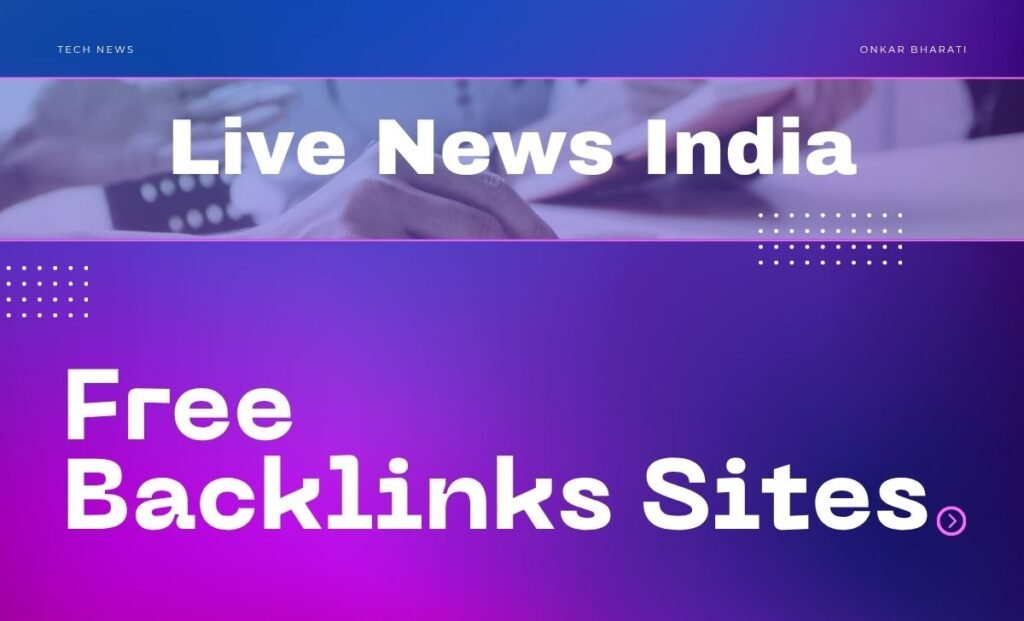
The “How-To”: A Sample Action Plan for This Week
Feeling overwhelmed? Don’t be. Let’s break this down into a simple, actionable plan.
- Monday: Sign up for HARO and skim the emails to understand the format.
- Tuesday: Claim and optimize your Google Business Profile and LinkedIn profile. Ensure your website link is included.
- Wednesday: Find 3 industry-specific directories and submit your business.
- Thursday: Identify 2 blogs in your niche that accept guest posts. Read their guidelines.
- Friday: Draft a personalized pitch for one of those blogs and hit “send.”
The Pitfalls: What to AVOID When Building Free Backlinks
Your hard work can be undone in an instant if you use the wrong tactics. Please, avoid these like the plague:
- Spammy Blog Comments: “Great post! Check out my website [link]” — This is useless and can get you flagged as spam.
- Link Schemes & Private Blog Networks (PBNs): Google is scarily good at identifying and penalizing these. They are not a sustainable strategy.
- Low-Quality Web Directories: If the site looks like it was designed in 1998 and has categories for “Everything,” run away.
- Automated Link-Building Tools: These often violate Google’s Webmaster Guidelines and create the exact low-quality links you’re trying to avoid.
Conclusion: It’s About Building Relationships, Not Just Links
Building free backlinks isn’t a hack; it’s a marathon. It’s about consistently putting yourself out there, providing genuine value, and building real relationships with other people in your digital community.
The sites and strategies listed above aren’t get-rich-quick schemes. They are legitimate channels for earning the trust and recognition that Google rewards. Focus on creating amazing content that people want to link to, and then use these methods to give them a little nudge. Be patient, be helpful, and the backlinks—and the higher rankings—will follow.
Frequently Asked Questions (FAQs)
1. Are free backlinks from these sites really effective for SEO?
Absolutely. When they come from relevant, authoritative, and legitimate sources like the ones listed, they are incredibly effective. They send strong trust signals to Google, which can significantly improve your search rankings.
2. What’s the difference between “dofollow” and “nofollow” links?
A “dofollow” link is like a full vote of confidence—it tells Google to pass “link juice” (authority) to your site. A “nofollow” link (common on social media and blog comments) has a tag that tells Google not to pass that authority. However, nofollow links still drive valuable traffic and are part of a natural backlink profile, so they are still worth having.
3. How many free backlinks should I build per week?
There’s no magic number. Focus on quality over quantity. Earning one high-quality backlink from a site like HARO is far more valuable than getting 50 links from low-quality directories. A steady, natural pace of a few quality links per month is a great goal.
4. Can I get penalized by Google for using free backlink sites?
You will only get penalized if you use spammy or manipulative free backlink tactics, like participating in link schemes or using PBNs. The methods outlined in this article are white-hat, ethical, and fully compliant with Google’s guidelines.
Article end here

